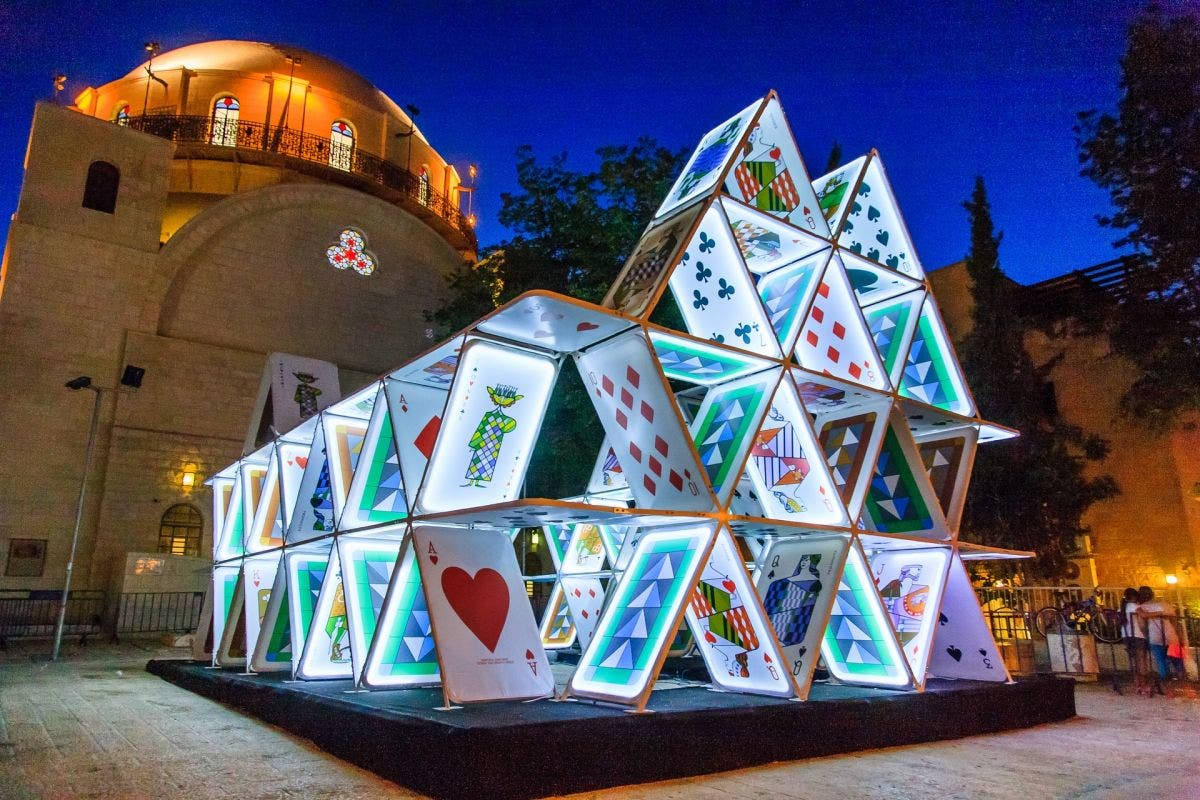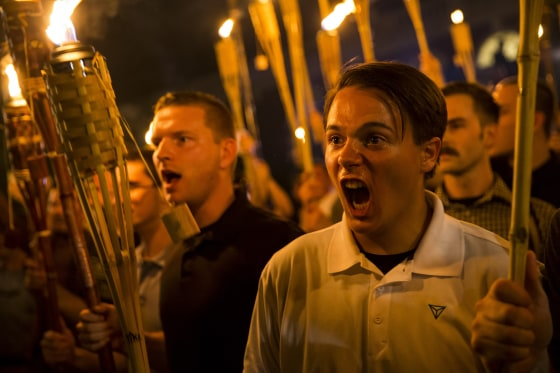Chants Conform: A Tale of Beats and Misbeats
What follows are two pieces of writing that pull in opposite directions yet belong together. The first is a light, story-driven moment from my life. The second is a heavier reflection on activism, art, and the dangers of oversimplification.
Image of installation at Light City (source: patch.com)
Part 1: Feel That Beat
I lived in the DC area after college, which is a fantastic area for young professionals, filled with endless nearby cities to visit, free events, and likeminded youngsters trying to figure out life. The only thing that would have made the experience better would have been a career advisor or career path. I got to experience a lot, like witnessing the height of nepotism in Georgetown, the signs warning to avoid South East DC, the drug epidemic of Baltimore, the nerd Eden of Bethesda, the hipsters, the Burners, the festies, the ravers, the artists, the guy who said he's a son of a Nigerian Prince (he may actually have been), the cozy underrated coastal towns and the cherry blossoms.
Baltimore long had a festival called Light City filled with eclectic free events and fantastic energy. I got to enjoy the festival a few times. But beyond Dan Deacon and a long list of musicians, artists and installations I long forgot, one memory from 2015 sticks to mind harder than anything else. I always think back to it.
We were wandering between two events when a man with a drum started playing a simple beat. Out of nowhere, a big man with a shopping cart started to chant "Feel that beat. Feel that beat."
Others joined. "Feel that beat. Feel that beat." Soon we had dozens of people trailing the drummer and the chant leader.
Every 4 bars or so, something would happen in eyesight, and our leader would swap the words, as the rhythm continued. Someone petting a dog was followed by "Pet that dog. Pet that dog." A van blocking the road was followed by "Move that shit. Move that shit." (as the van honked back on beat). A person clearly drinking alcohol concealed in a brown paper bag, as a cop was approaching, was followed by "Hide that beer. Hide that beer." If nothing in particular happened, at least nothing worthy of repeating 4+ times to a beat, we returned to "Feel that beat. Feel that beat."
It was like a collective chanting what they were witnessing. People were dancing, without a band, just with a beat and a possibly homeless man screaming funny things. The whole scene hit me with a surprising rush of joy, as everyone plugged into the same current. The most electric moment at an LED-soaked festival was acoustic.
That was my one great experience with chanting. It was the one time I really understood why people love it so much -- the power of a collective voice, guidance and unified movement.
Charlottesville's white supremacists. One of these guys would come to my house in college and harass me about being a Jew.
Part 2: Nuance Matters
The following is an essay I wrote at the start of the war, but never published. It is part of a 100 page piece I aim to publish when the war really feels over.... if that day ever comes.
I never liked chants. Social activism comes with chants. Throughout my life, I pushed others to explore social causes, but I never pushed them to chant. Chants over simplify. Chants remind me of historic horrors, like white supremacists shouting “Sieg heil” and “Jews Will Not Replace Us.” Zealotry, whether in activism or religion, harms discussion.
If chanting “Justice for all,” “Democracy now,” or “There’s no place like home” could bring peace on Earth, I’d chant all day. But it won’t. Silence—often used for meditation or honoring victims—holds more potential for peace than any mindless repetition. Chants are repetitive and empty; they’re gross. Silence is powerful, yet still not the answer.
Activism is about art, not conformity. Join the clergy or the army if you want to mindlessly chant. Authentic activism requires creativity, not regurgitation.
I’ve always loved art, especially poetry, song, and dance. Throughout my life, I’ve joined others in singing and dancing, watched as others freestyled or recited, and heard beautiful voices deliver poetic words, not just at concerts but at protests, conferences, and activism events. Art inspires; it draws tears, moves hearts, and brings strangers together. Chants, however, fuel anger, building tension until a mob erupts in violence.
Fights aren’t won through anger and throwing punches alone. Fights are won with emotional song and dance, with nuance and truth. I watch those who sing and dance, mindful of our present, aware of what true freedom and peace mean. In contrast, I avoid those who parrot chants born from shallow fantasies.
Though activism rarely draws large crowds, I am endlessly inspired by the authenticity and uniqueness of those who truly grasp complex issues. During my university years (2010-2014), activism events—to defend free speech, drug law reform, LGBTQ+ rights, and more—rarely drew over a hundred participants. Yet they didn’t resort to empty slogans; they celebrated complexity and debate. I was proud of the art, the conversation, the nuance. But never the turnout, and certainly never the chants.
Today, I watch protests grow larger, feeling a brief familiarity—until I hear chants blaming “Zionism” for every issue, imagined or real. That sense of connection fades. Chants draw attention and swell crowds, but they strip away authenticity and nuance, leaving a hollow, zombie cult in their wake.
Social activism has been hijacked by wack voices uttering nonsense.
Where once activism created art, today’s posers copy and destroy it, eroding the art I stand for.
Be wary of “activists” who never volunteer. Many modern activists avoid community work altogether, opting instead to profit from branded slogans. Slacktivism—online activism without action—is just conformity under a capitalist lens. These “slacktivists” are oblivious to their own commodification of values. They advise on which deodorants fund “the Zios” before vandalizing a Starbucks for vague reasons. Behind this false activism, there are people busy creating, teaching, and supporting others—not looking up which household goods are “too Zionist.”
Be wary of those who hide their faces, like the Klan. Real activists aren’t afraid to stand by their views. We sign our names! If not for those trying to silence us, we’d stamp our addresses. Evil wears a mask.
My earliest memories are of music, especially at peace rallies. I remember skipping high school to join a crowd blasting rock songs to drown out the Westboro Baptist Church in Florida. I remember the Native performances during protests in DC. I recall eclectic DJ sets in activist spaces, bringing together AnComs, AnCaps and other ideologies. Despite these vivid memories of art, I can’t recall a single chant. And that’s great—no four or twelve words, when repeated, will ever fix a problem.
I may never convince the world which social causes are worth fighting for. But I can sing and dance. I can live in the present, encouraging others to bring a guitar to cleanup events or to share their favorite art with old folks. There’s enough pain in this world; song and dance may not heal it all, but they can open eyes to pain and ease it. Chanting two to ten words only adds to the pain.
Art heals. Angry chanting doesn’t fix anything. When zealots oversimplify complex issues and stir mobs, one word should come to your mind: scapegoat.
We need more than chants to find real answers. Chants call for repetition. By rejecting chants, we avoid brainwashing. Speak, don’t chant. Share ideas, create art, stand by your beliefs. True activism demands more than slogans; it deserves substance, art.
Feel free to comment your thoughts. Should we leave chants to Foosball Games (#gogators)? The takeaways from my two essays may seem like polar opposites, but read together, they reveal something fuller about how I think, how I experience collective energy, and how easily meaning shifts depending on the form it takes.


